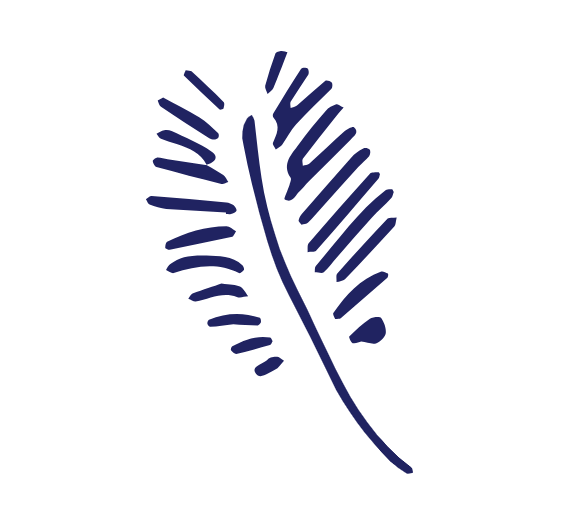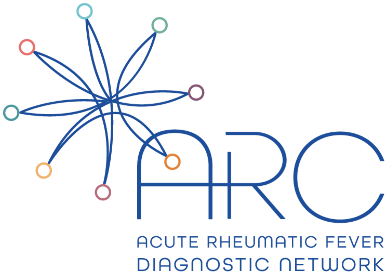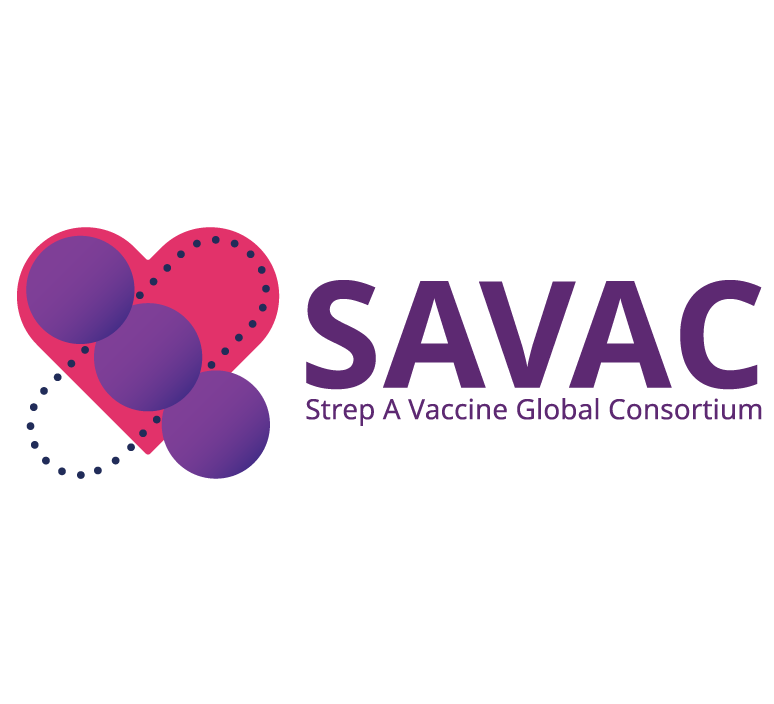Reports and Findings
Research
Beneficial health effects of ultraviolet radiation: expert review and conference reportCarcinogenic effects of ultraviolet radiation (UVR) with reference to skin cancer are the basis of widely implemented recommendations to avoid sun exposure. Whether the benefits of "restrictive sun policies" outweigh their potential harms due to diminished beneficial effects of sunlight exposure remain a matter of controversy.
Research
A Multisite Randomized Controlled Trial of Hand Arm Bimanual Intensive Training Including Lower Extremity for Children with Bilateral Cerebral PalsyTo test the efficacy of Hand Arm Bimanual Intensive Therapy Including Lower Extremity (HABIT-ILE) to improve gross motor function, manual ability, goal performance, walking endurance, mobility, and self-care for children with bilateral cerebral palsy.
Research
Health behaviour change: Theories, progress, and recommendations for the next generation of physical activity researchAdaptive behaviour change is central to improving population health, yet poor adoption of health-enhancing behaviours contributes to noncommunicable diseases and so remains a global concern. Research on physical activity behaviour change has continued to expand and evolve since the turn of the millennium, guided by diverse theoretical approaches-from social cognitive theories, organismic dialectical approaches such as Self-Determination Theory, dual-process frameworks, and integrated practical models and taxonomies.
Research
Parent and Child Choice of Sugary Drinks Under Four Labelling ConditionsThe majority of Australian children exceed the World Health Organization's recommended dietary intake of free sugar, particularly through the consumption of sugar-sweetened beverages. Front-of-pack nutrition labels increase perceived risk and deter the consumption of sugar-sweetened beverages.
Research
Economic Evaluation of The Luminos Project: Early intervention residential centre for young people experiencing thoughts of suicideThe Luminos Project has been co-designed with global experts in youth suicide support, mental health services, and research, alongside input from young people with lived experience, ensuring it meets their needs effectively.
Research
Evaluation of the Child and Parent Centre Program in Western Australia 2015-2021This evaluation examines a range of indicators concerning student and community outcomes over a seven-year operational period from 2015 to 2021, as well as the satisfaction of parents and carers.
Research
Evaluating Moderated Online Social Therapy (MOST) in Western AustraliaThis project seeks to evaluate the effectiveness and impact of MOST on young people and the system of care in Western Australia.

Research
Pacific Rheumatic Heart Disease (RHD) ProgramThe goal of the program is to establish the foundations of an effective, sustainable and equitable response to RHD in the Pacific.

Research
Acute Rheumatic Fever Diagnosis Collaborative Network (ARC)ARC is a global network of collaborators committed to reducing the burden of RHD in our lifetime.

Research
Strep A Vaccine Global Consortium (SAVAC) 2.0The mission of SAVAC, the Strep A Vaccine Global Consortium, to ensure that safe, effective and affordable Strep A vaccines are available and implemented to decrease the burden of Strep A disease in the most in need.
